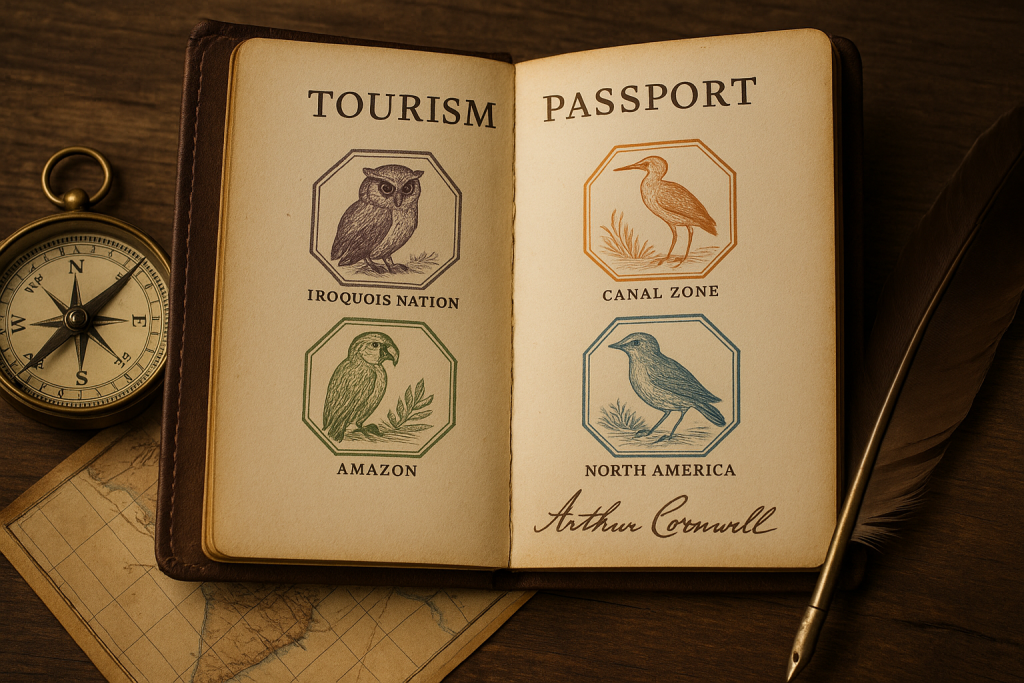In the tale of ‘Cast in Time,’ the age-old theme of succession takes the spotlight, thrusting characters and readers into a world filled with political intricacies and familial drama. The struggle for a smooth transfer of power unfolds as characters grapple with the timeless question of who should inherit the mantle of leadership.
At the core of this struggle lies a survey, a tool that becomes a catalyst for change and a source of heated debate. Our main character, a figure of authority and wealth, must navigate the delicate balance between tradition and progress as survey results reveal a divided populace. The allure of maintaining the status quo clashes with the desire for innovation, sparking a tumultuous journey toward redefining the future.
The characters engage in a poignant dialogue about the merits and pitfalls of various succession methods, from the traditional to the unconventional. Tensions rise as opposing factions advocate for their preferred approaches, and the narrative skillfully delves into the complexities of each method. Readers are invited to ponder the consequences of these choices, both for the characters within the story and, by extension, for societies reflecting on their own systems of governance.
In the quest for a solution, the narrative takes a surprising turn, shifting the focus from a binary choice to a nuanced exploration of compromise. The protagonist, guided by a desire for inclusivity and foresight, introduces an article that lays bare the pros and cons of all three methods. This decision sets off a chain of events that challenge preconceived notions and demand a deeper consideration of the implications of inheritance laws.
As the characters grapple with the intricacies of succession, gender roles also come under scrutiny. The narrative boldly confronts stereotypes, especially when the protagonist’s daughter, Cathy, takes an unexpected stand. The exploration of gender dynamics adds an additional layer of complexity to the story, prompting readers to reflect on societal expectations and the evolving role of women in positions of power.
Amidst the heated discussions, the story introduces elements of humor and levity, showcasing the human side of decision-making. Instances like Cathy’s unconventional response to a sexist remark and the protagonist’s astute, yet comedic, handling of a court case provide a respite from the weighty matters at hand. These moments of lightness serve to humanize the characters and resonate with readers on a personal level.
In conclusion, the struggle for succession becomes a lens through which the narrative explores tradition, innovation, gender dynamics, and the intricacies of decision-making. As the characters navigate this complex landscape, readers are compelled to reflect on their own beliefs and values, making the story not only a captivating read but also a thought-provoking exploration of governance and legacy.”




